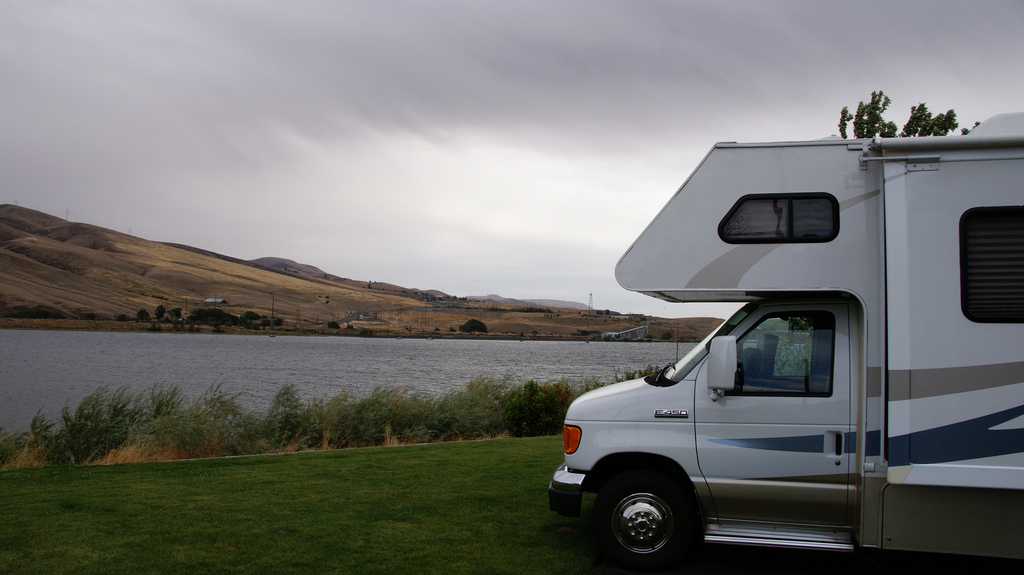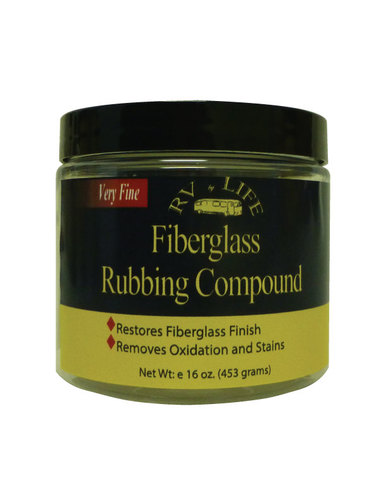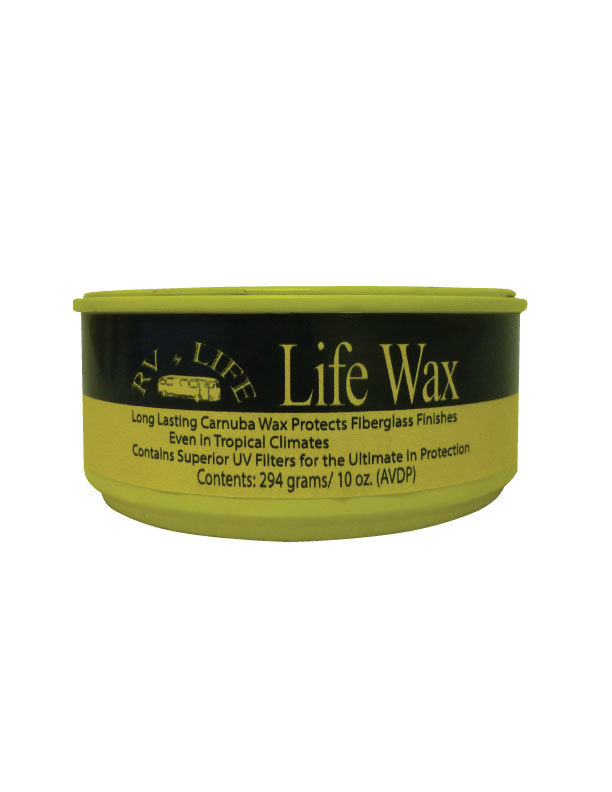
There may be no more important substance that makes up your
motorhome than fiberglass. Fiberglass, a glass fiber-reinforced plastic, is one
of the most common elements used in motorhomes like yours. That means if you
want your RV to look its very best, you’ll have to know how to maintain and
repair this material. In some instances, the damage might be severe enough that
you need to take the motorhome in for repairs. But some motorhome fiberglass repair
can be handled with the right tool selection and a little bit of do-it-yourself
knowledge. Here’s a quick guide.

Common Problems and
Solutions
Generally, your motorhome fiberglass will have one of two
types of problems: cosmetic or structural. In cosmetic problems, you can generally
treat the surface with the appropriate materials. Structural damage, on the
other hand, calls for more involved repairs.
- Oxidation
and staining (cosmetic).
Fiberglass is highly resistant to oxidation and
staining—but few options are completely foolproof. If your fiberglass is
starting to develop discoloration, you might try a jar of
Fiberglass
Rubbing Compound
first. This compound features a light grit for removing stains
and preparing the surface for a fresh waxing. - Structural
fiberglass damage.
If you notice that the fiber reinforcement of your
fiberglass is damaged, it means you’ve got to deal with structural problems. A
cosmetic change won’t be enough for the complete repair.
This is where it gets tricky: do you hire a professional or
use a fiberglass repair kit to handle the damage yourself? The answer depends.
First, is the extent of the fiberglass damage so much that you can’t imagine
handling it all yourself? If so, it’s time to call a professional. Second, how
easy is it to access both sides of the fiberglass? If you have full access to a
fiberglass panel, repair is much easier. If not, it’s likely a good time to consult
a professional.
Preventing Long-Term Problems

Motorhome fiberglass repair can be as easy as using the
right rubbing compound—or as difficult as hiring a professional. If you don’t
want to deal with these difficulties, you’ll want to
prevent fiberglass issues as best as possible.
- To prevent staining and oxidation, keep your motorhome
clean and protected with a consistent coat of wax.
LifeWax is a great choice for
general fiberglass use. But use
Graphix Wax to protect
custom graphics. - Regularly inspect your motorhome to ensure there
are no dents or leaks that need to be addressed. This can help you treat a
smaller fiberglass problem before the issue compounds and requires highly
involved repairs. - Be careful about where you keep your motorhome.
Fiberglass can be damaged by tree branches and just about
anything you
don’t think of. Keep
your motorhome where it will have plenty of room. One storm and a little
proximity to a tree can mean quick fiberglass damage. You might want to check
up on your insurance to ensure you have the proper coverage to afford repairs.
Stock Up On Motorhome
Supplies
Fiberglass might be complicated to repair, but if you know
how to treat it well, your motorhome will continue to look its best for years
to come. Don’t forget to browse all of our
RV cleaning and restoration products
to maintain your motorhome!

